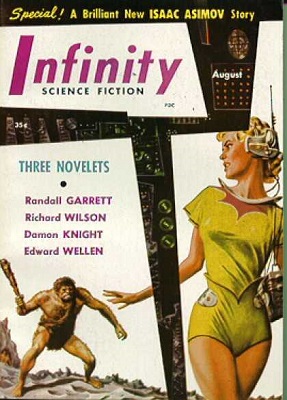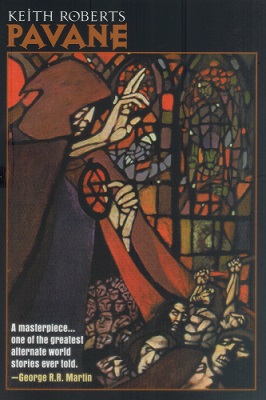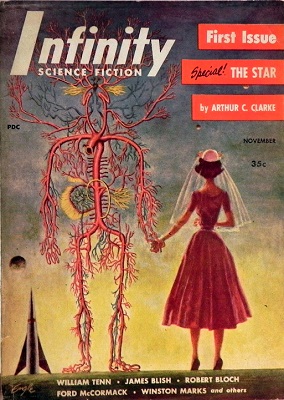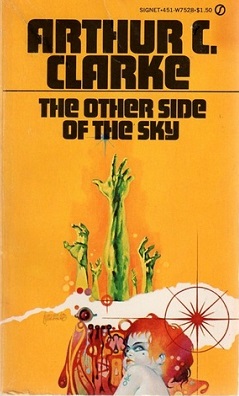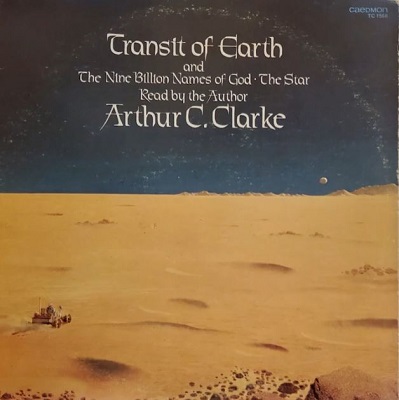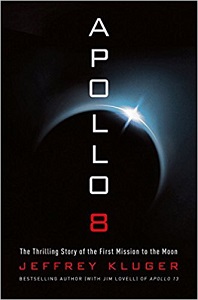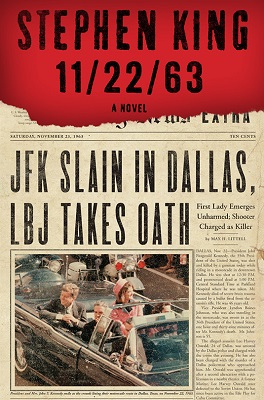Jehoshaphat, it’s 2022!
I’m sure that’s exactly how Elijah Bailey would say that. On January 1, a big ole project started over on Booktube, with Shawn D. Standfast at the helm. He’s calling it The Future History project, and the plan is to read all of Isaac Asimov’s stories and novels that are part of his overarching Future History. This mainly includes his Robot stories and his Foundation stories, which eventually merge into one big thing. There are also stories on his list that are written by other authors in the same universe. See Shawn’s announcement video, in which he outlines the Big Plan, and which includes a reading list for January.
Shawn has made an effort to create the list in chronological order, so the stories this week are the earliest stories on the timeline. Not the earliest written, but the earliest in timeline of Future History! (echo, echo)
This week I read 5 short stories: “A Boy’s Best Friend”, “Sally”, “Someday”, “Point of View”, and “Think!”, all by Asimov.
I was delighted to re-read “A Boy’s Best Friend”, which is a very short story that I’ve read out loud to various middle school library groups I’ve done over the years when talking about science fiction. It’s just short enough to read out loud, and there are plenty of ideas in there to discuss with a group to fill an hour. Life on the moon, robot dogs (are they better than real dogs?), can a dog wear a spacesuit, why does the Earth not move in the lunar sky from day to day? That kind of stuff.
Asimov is such a clear writer. If there’s a dud in these five, I’d call out “Point of View”, in which a boy solves the problem of the story by pointing out that the Multivac computer probably needs to rest (or play) for part of every day so that it works properly. (The clear and obvious solution was to turn it off and on again.)
Earlier today I re-read for the second time in a week The Book of Ecclesiastes in the Ignatius Study Bible. This is in prep for the first episode of the year of the A Good Story is Hard to Find podcast.
Here is the well known part of Chapter 3, King James version:
To every thing there is a season, and a time to every purpose under the heaven:
A time to be born, and a time to die; a time to plant, and a time to pluck up that which is planted;
A time to kill, and a time to heal; a time to break down, and a time to build up;
A time to weep, and a time to laugh; a time to mourn, and a time to dance;
A time to cast away stones, and a time to gather stones together; a time to embrace, and a time to refrain from embracing;
A time to get, and a time to lose; a time to keep, and a time to cast away;
A time to rend, and a time to sew; a time to keep silence, and a time to speak;
A time to love, and a time to hate; a time of war, and a time of peace.
What profit hath he that worketh in that wherein he laboureth?

